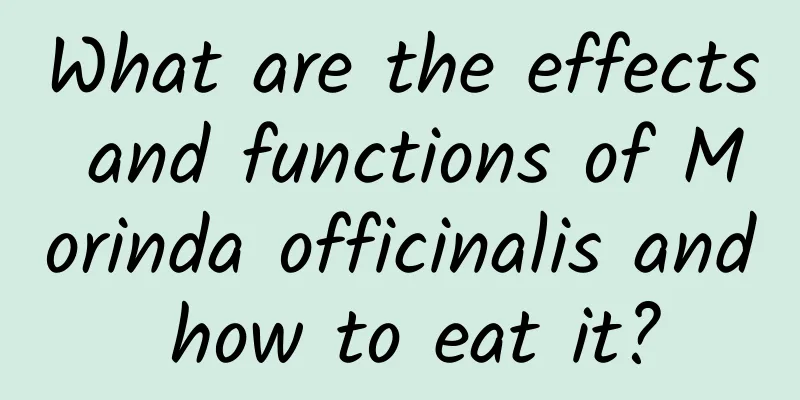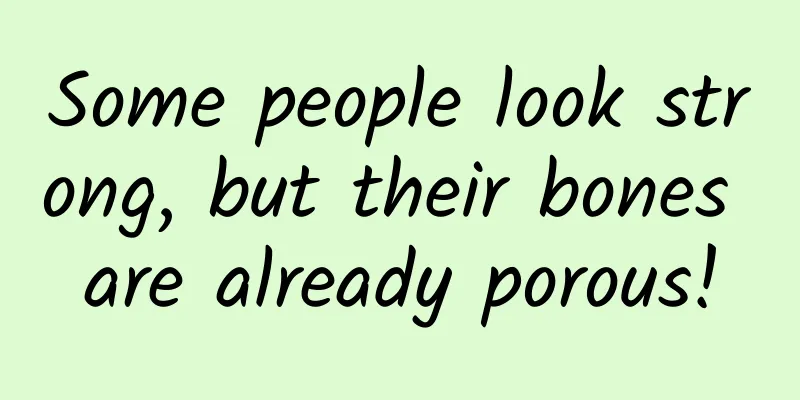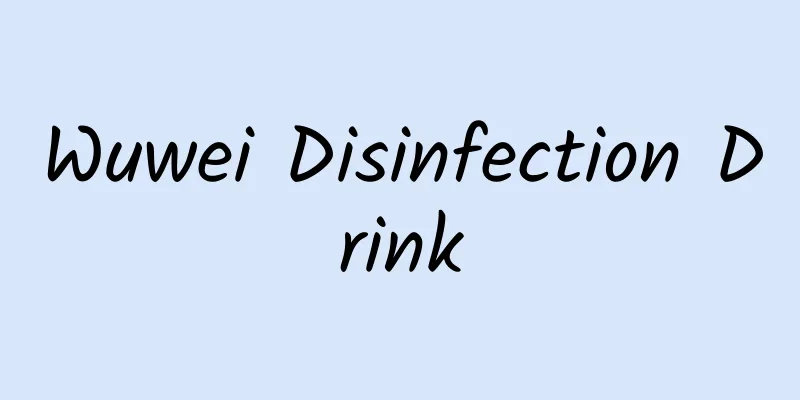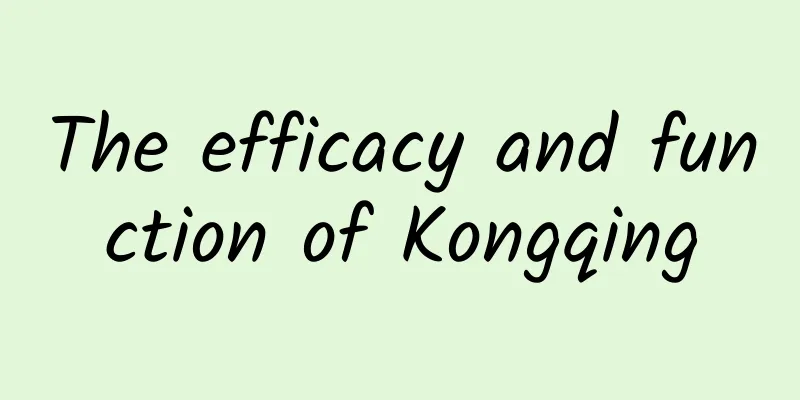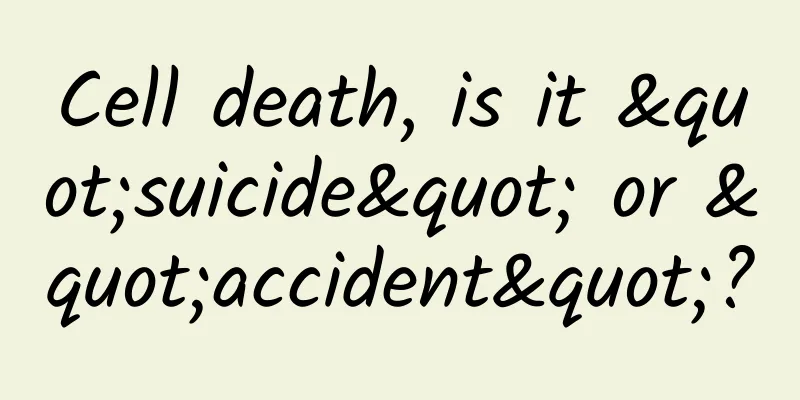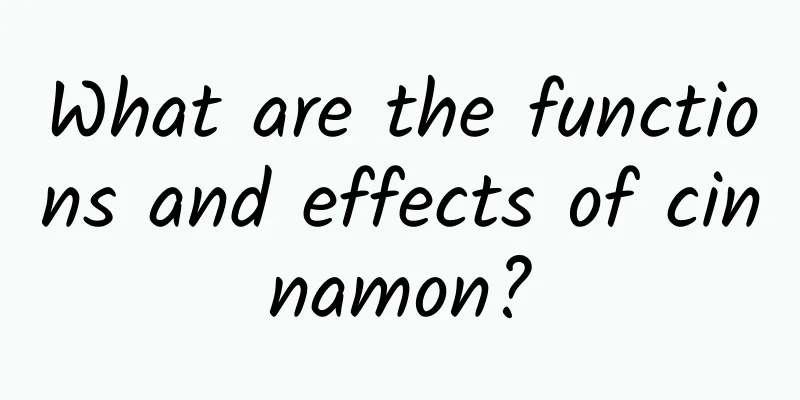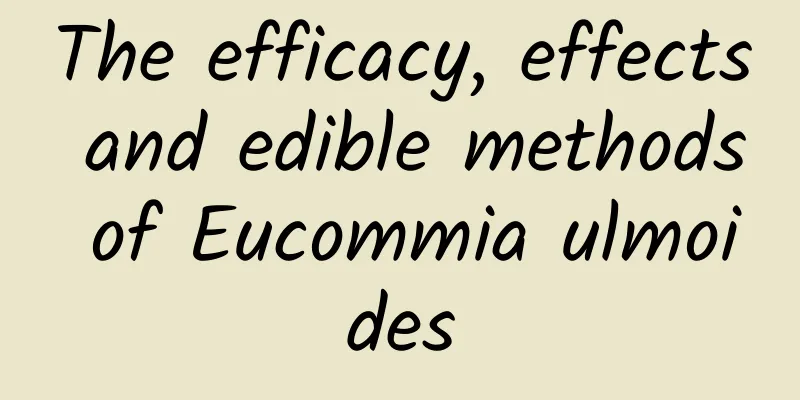What does hay fever mean?
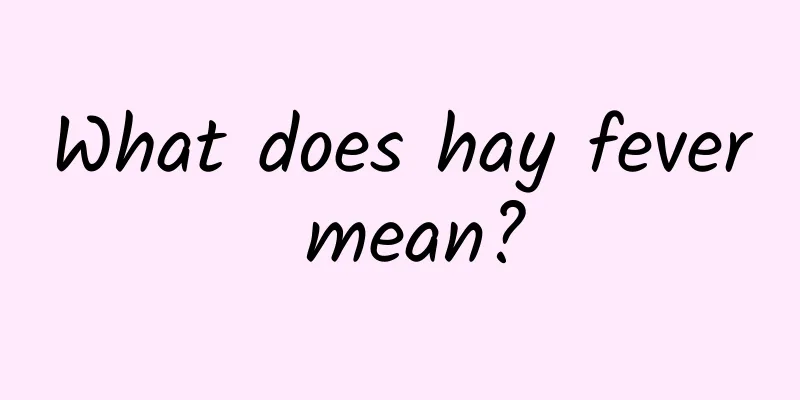
|
Many people are relatively unfamiliar with hay fever, and many people do not know what hay fever specifically means. Because of the name hay fever, most people have a misunderstanding about hay fever and think that hay fever is a Chinese herbal medicine. Clinically, hay fever is actually a disease with obvious symptoms. If you want to treat hay fever, you must understand the nature of the disease in order to solve the problem. 1. Overview Hay fever is an acute seasonal allergic rhinitis caused by wind-borne pollen. The spring type is caused by tree pollen (oak, elm, maple, alder, birch, cottonwood, olive); the summer type is caused by garden grass pollen (dog grass, cattail, lemongrass, orchard grass, Johnson grass) and wild grass pollen (sheep sorrel, English plantain); the autumn type is caused by wild grass pollen (ragweed). Seasonal hay fever can be caused by airborne mold spores, so the disease has significant geographical differences. 2. Symptoms The main clinical manifestations of hay fever occur during the peak pollen season, mainly in spring and summer, with symptoms of frequent nasal itching, paroxysmal sneezing, large amounts of watery nasal discharge, nasal congestion, loss of smell, itching of the eyes, photophobia, burning, tearing, or swollen eyelids. Sometimes there is an itchy feeling in the upper palate and even the external auditory canal and skin of the neck. The symptoms mainly manifest in the nose and eyes. They are usually more severe in the morning and evening, or occur suddenly upon contact with flowers and plants, or in the scorching sun. In severe cases, the attack is accompanied by coughing and difficulty breathing. Patients with a genetic allergic constitution may, in addition to this disease, suffer from other allergic diseases such as food allergies, eczema, bronchial asthma, etc. at the same time or successively. 3. Western medicine treatment of hay fever Avoiding the allergen can relieve symptoms. Most patients can be relieved by taking oral antihistamines. If these drugs have a strong sedative effect, non-sedative antihistamines can be used instead (see antihistamines above). Topical treatments are also an option (see below). Sympathomimetics are often used in combination with antihistamines. Phenylpropanolamine, phenylephrine, or pseudoephedrine are effective antihistamine decongestants. Oral sympathomimetics can increase blood pressure and should not be used in patients with a tendency to hypertension without regular monitoring. |
<<: The difference between Asparagus and Ophiopogon japonicus
>>: How to treat nose when goose does not eat grass
Recommend
The efficacy and function of macaque meat
Since Chinese medicine has fewer side effects, mo...
"Bebejia" has been strengthened to typhoon level and will land in East China tonight or tomorrow! How to prevent it?
The Central Meteorological Observatory continued ...
The efficacy and function of mung bean powder
Mung bean powder is a very common Chinese medicin...
Los Angeles is experiencing the most destructive fire in history. Why are the wildfires in California so severe? | Expo Daily
35 fires in 6 days! Why are California wildfires ...
Be careful if you have a fear of giants! There is a 3-meter-long catfish here! | Natural Trumpet
In the past two weeks, we have collected the foll...
The efficacy and function of Xianmai Luosan
Many people choose Xianmai Luosan because of its ...
The strange "Swallow in the Stone", is it a bird or a stone?
In the Paleozoic Era, there was a thriving class ...
National Disability Day丨Today, forward for love!
May 15th is the 32nd National Day for Persons wit...
Method of treating white hair with prepared Polygonum multiflorum
Nowadays, many people have to face tremendous wor...
What to eat for indigestion
What to eat when you have indigestion? Many peopl...
What are the effects of mistletoe
Medicine is a very common thing in our daily life...
Nutritional Value of Mugwort
We usually call Artemisia argyi mugwort, and some...
What are the effects of pangolin in traditional Chinese medicine?
Pangolin is a mammal with very hard scales on its...
The efficacy and function of annatto
In fact, the occurrence of many human diseases is...
